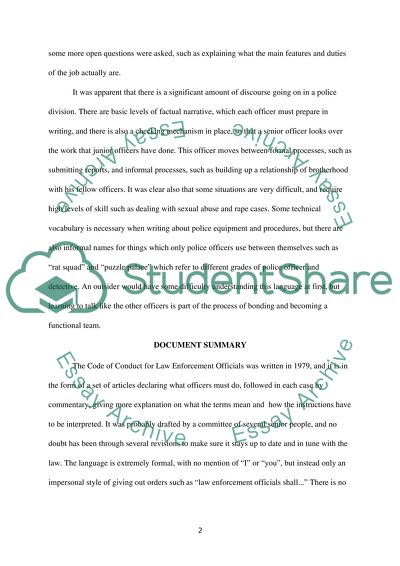Cite this document
(“The Issues Surrounding the Discourse Community of Law Enforcement Admission/Application Essay”, n.d.)
The Issues Surrounding the Discourse Community of Law Enforcement Admission/Application Essay. Retrieved from https://studentshare.org/law/1432806-discipline-investigation-report
The Issues Surrounding the Discourse Community of Law Enforcement Admission/Application Essay. Retrieved from https://studentshare.org/law/1432806-discipline-investigation-report
(The Issues Surrounding the Discourse Community of Law Enforcement Admission/Application Essay)
The Issues Surrounding the Discourse Community of Law Enforcement Admission/Application Essay. https://studentshare.org/law/1432806-discipline-investigation-report.
The Issues Surrounding the Discourse Community of Law Enforcement Admission/Application Essay. https://studentshare.org/law/1432806-discipline-investigation-report.
“The Issues Surrounding the Discourse Community of Law Enforcement Admission/Application Essay”, n.d. https://studentshare.org/law/1432806-discipline-investigation-report.


